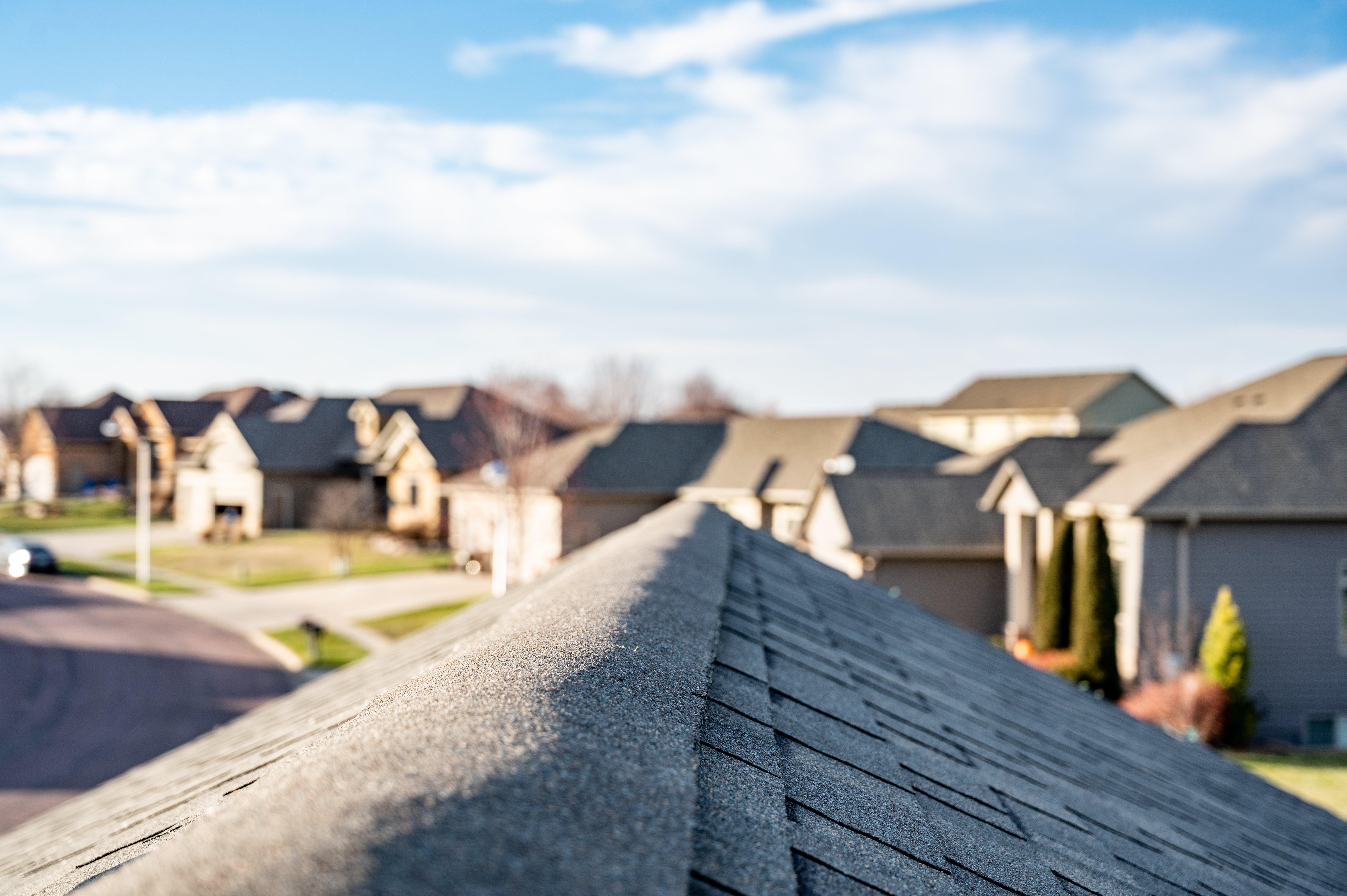Call today to schedule an inspection: (803) 261-4768
Home Inspection Blog Posts & Tips

Can A Home Inspection Detect Mold?
There is no surprise that having a home inspection sooner than later has its advantages to homebuyers and sellers. Despite what you may think, there are serious advantages of having a home inspection prior to listing your home for sale or just annual home inspection.
If you’re a seller the advantages is that you can address any defects or problems long before your prospective buyer discovers them. However, having a home inspection gives you a deeper knowledge of hazards and dangers discovered on the property.
Why Should You Get The Mold Inspection?
When mold growth is left unaddressed it can quickly spread and result in damage to the structure of the property. Or even worse comprise the respiratory health of susceptible individuals. The problem arises when mold spores are released into the air and land on damp surfaces indoors, where they can continue to grow, if under the right conditions.
The overall scope of the mold inspection consist of knowledge of HVAC systems, roofs, the exterior, and plumbing systems. The evidence that can warrant your inspector to further investigate can include musty odors, moisture intrusion via roof or plumbing leaks.
Here’s How You Can Prevent The Spread Of Mold In The Home?
There is no guarantee that mold can be completely eradicated, so therefore prevention is the best remedy. The first step is to be vigilant about checking for leaks both inside and outside, and sure the home is free of conducive conditions.
For example, do you have firewood stack up against the side of the home? This alone can retain moisture from dew, rain and snow. The points below should be taken into consideration for preventing mold in the home. Here are some other things that you should consider during your home maintenance routine:
- If you notice any leaks, fixed them as soon as possible.
Indoor humidity and moisture is another factor to consider, make sure that your clothes dryer and dishwasher are vented and operating as they should.- Last but not least, check your basements and crawl spaces, as they can be notorious breeding grounds for mold, especially if the windows are old, or damaged, and or the area experiences occasional flooding.
What Are Methods For Mold Testing?
There are two main methods for mold testing. Which are air sampling and surface sampling. Both types require analysis by a certified laboratory. The mold sample can be tested by local health department or by a private lab. It’s more common for a private lab to perform the analysis and generate the results in the report.
Besides sampling equipment, the tools commonly used by the home inspector during the mold inspection include the following:
moisture meter: This basic tool is used to detect moisture in structural components. There are invasive and non-invasive models available.
- humidity gauge: This measures the humidity level inside a room or building.
thermal imaging or infrared (IR) camera: Where visual inspection is not possible, especially for suspected water intrusion that's inside structural components, damp and wet areas can be detected non-invasively with thermal imaging. Problem areas will show up as dark gradients.- borescope: This is a camera that can visualize suspected mold growth and other problems inside plumbing pipes and structural elements through an opening in the component.
- rotameter: This device measures the air flow rate, which can be helpful to determine if the home has conducive conditions for mold growth.
Air Sampling and Surface Sampling
Air sampling can be conducted indoors and outdoors using space traps and canisters. Although a less common method, it is used for homes in areas suspected of high concentrated of mold spores. The more common and easiest method for testing for indoor mold is surface sampling.
Here’s a look at some sampling methods that can be performed.
Here are some methods of surface sampling that can be performed:
- Tape sample: This is the most common method of sampling visible mold, as it allows the inspector to collect several samples in different parts of the home quickly. Sampling kits are typically sold by the laboratories that test for mold and send back the results of their analysis.
- Swab sample: A cellulose swab with a liquid preservative is used to collect any suspected mold for laboratory testing.
- Carpet sample: In rooms where there is carpeting, testing can be performed on vacuumed contents, or even a snip of the carpeting. Typically, carpets that have visible mold or have tested positive for mold should be discarded and replaced, as it's nearly impossible to remove all traces of mold from carpet fibers, where mold will likely continue to grow.
Request Home Inspection Columbia, SC and Surrounding Areas
Without a doubt, when it comes to mold, prevention is the best way to combat it. If you notice a damp or musty smell, evidence of water intrusion , then it’s time to further investigate with a mold inspection. However, homeowner should make a point to locate and repair plumbing leaks and sources of water intrusion, which can rapidly lead to mold growth. Home Maintenance is the critical to help prevent mold.
For a peace of mind homebuyers and sellers should get a mold inspection and implement home inspection routines to locate and repair leaks and sources of water intrusion. Whether you’re homebuyer, seller or homeowner ask for a mold inspection if suspect possible mold in the home. If you’re in the Columbia SC, Lexington, Irmo or surrounding areas contact S&J Home Inspections for a home inspection quote. Get a peace of mind, contact S&J Home inspections today for all your home inspection needs.





